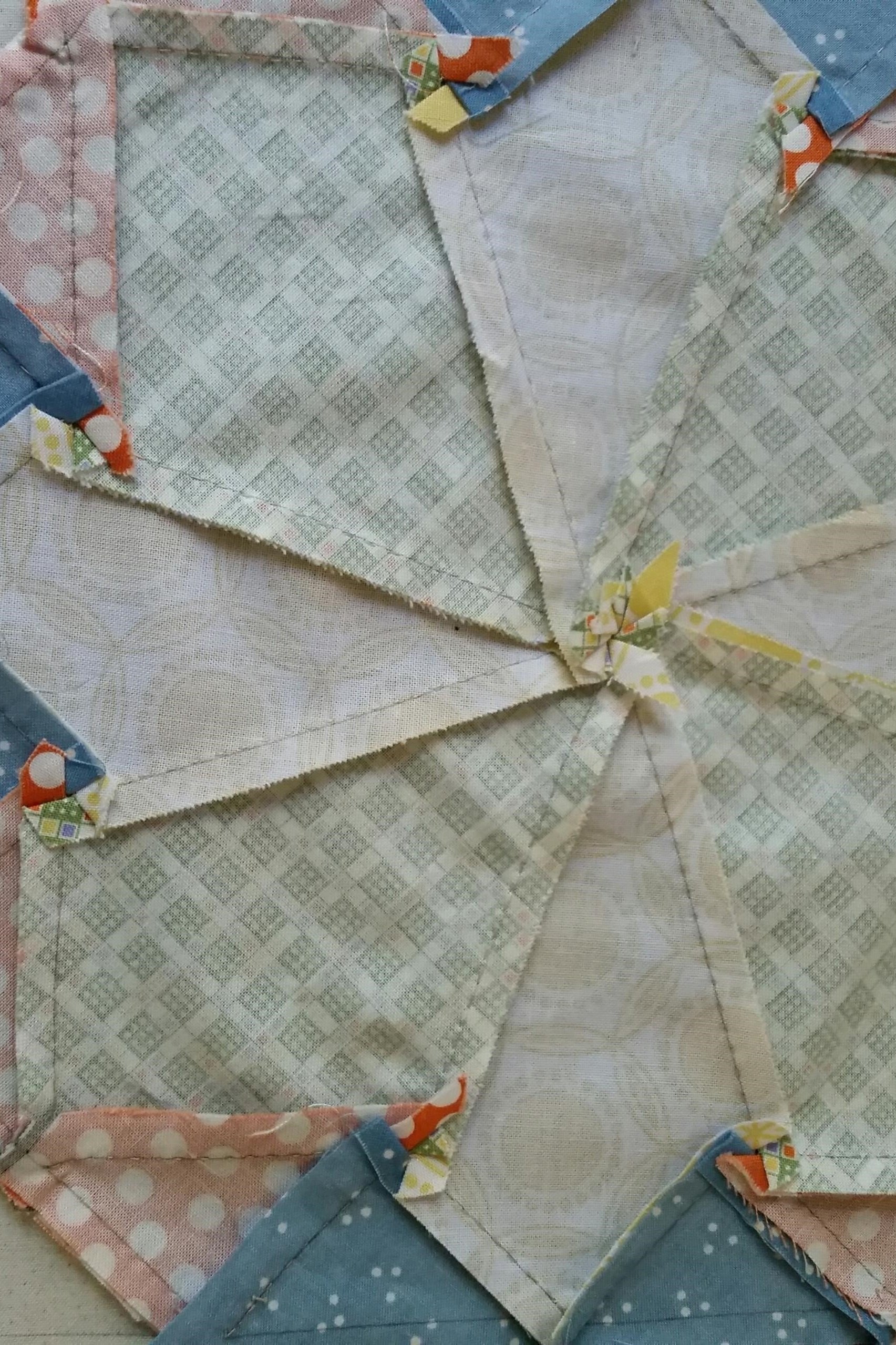Letting Go of the Reins: A Quilter's Journey into Mystery
/Quilting is my therapy, my creative outlet, and usually, my personal challenge. I've always been drawn to the art of designing my own quilts—from creating the pattern to choosing fabrics to sewing each intricate piece together. It's a process that brings both joy and a fair share of stress, but that's the thrill of the creative journey, right?
However, my quilting routine recently took an unexpected turn when I found myself grappling with a new dilemma: letting others take control. For someone who thrives on the challenge of crafting my own designs, it was both liberating and, admittedly, a tad terrifying.
Typically, I steer clear of patterns—not because I don't appreciate the myriad options available, but because I relish the challenge of navigating the creative chaos and finding my own path. Isn't following a pattern, selecting fabrics, and stitching the quilt challenging enough, you ask? Well, yes, it is. Yet, for some inexplicable reason, I couldn't resist the allure of the 2024 Murder Mystery Quilt.
Here's how it works: they provide a colour palette, and each month, a new block arrives along with a chapter of a murder mystery book. All I have to do is select fabrics that fit the palette, sew, and read. It sounded like a quilter's dream—someone else doing the hard work, leaving me with the joy of the craft.
So, is relinquishing control liberating or terrifying? The answer, it seems, lies in the delicate dance between the two.
Liberation Through Creativity: There's a unique joy in allowing someone else to guide the process. Choosing fabrics within a set palette is a delightful challenge on its own. It sparks a different kind of creativity, forcing me to think outside my usual colour schemes and fabric choices. It's a refreshing departure from my usual routine, liberating me from the self-imposed pressure of perfection.
The Element of Mystery: The murder mystery aspect adds an intriguing layer to the process. Each new block brings not only the excitement of stitching but also the anticipation of unraveling the mystery. It's like sewing my way through a gripping novel—one stitch at a time. The element of surprise keeps the creative energy flowing, making each step a revelation.
Terrifying Unknowns: Yet, there's an undeniable fear in not knowing the end result. When you purchase a pattern, you have a visual guide—a picture of the quilt, showcasing how the dark and light fabrics harmonize to create a cohesive design. With the mystery quilt, I'm left to wonder about the final product. Will the colours align with my taste? Will the finished quilt sing for me?
The Verdict: Embracing the Journey: For now, I've chosen to embrace the mystery. The uncertainty adds an element of excitement to the creative process. Will I like the finished product? Will the colour palette resonate with me? Will I successfully solve the mystery? These questions linger in the background, but the joy is in the journey itself.
Quilting has always been about more than just the finished product; it's a labour of love, a dance with creativity. Whether liberating or terrifying, relinquishing control has opened a new chapter in my quilting story—one filled with surprises, challenges, and the joy of going with the flow.
So here's to the unknown, to the liberating terror of creativity, and to enjoying the process, stitch by stitch. After all, isn't that what quilting is all about?
#QuiltingJourney #MysteryQuilt #CreativeChallenge #EmbraceTheUnknown #QuiltingCommunity #StitchingStories #2024MurderMysteryQuilt










